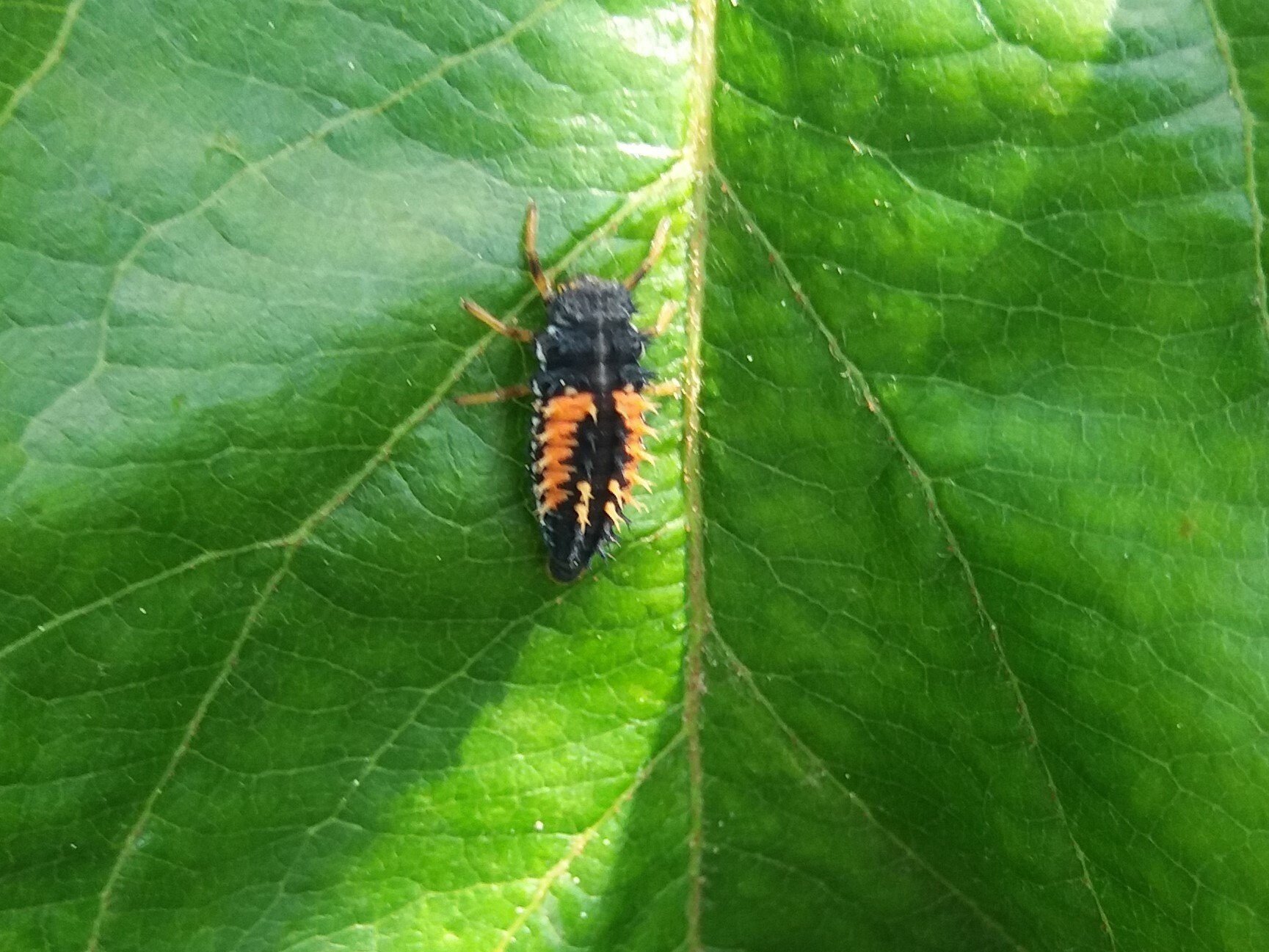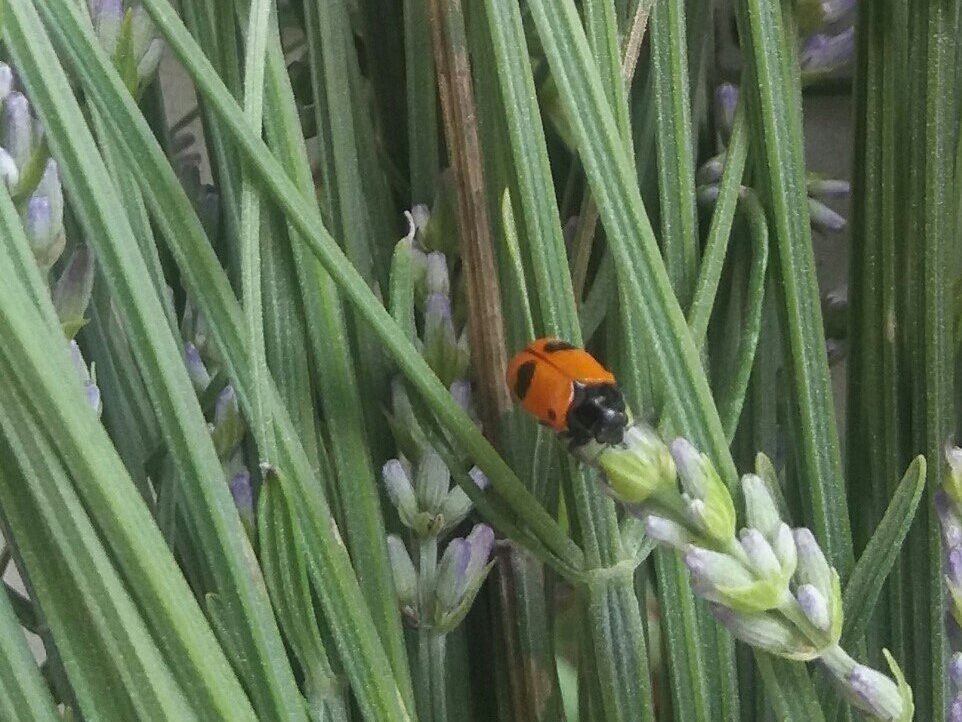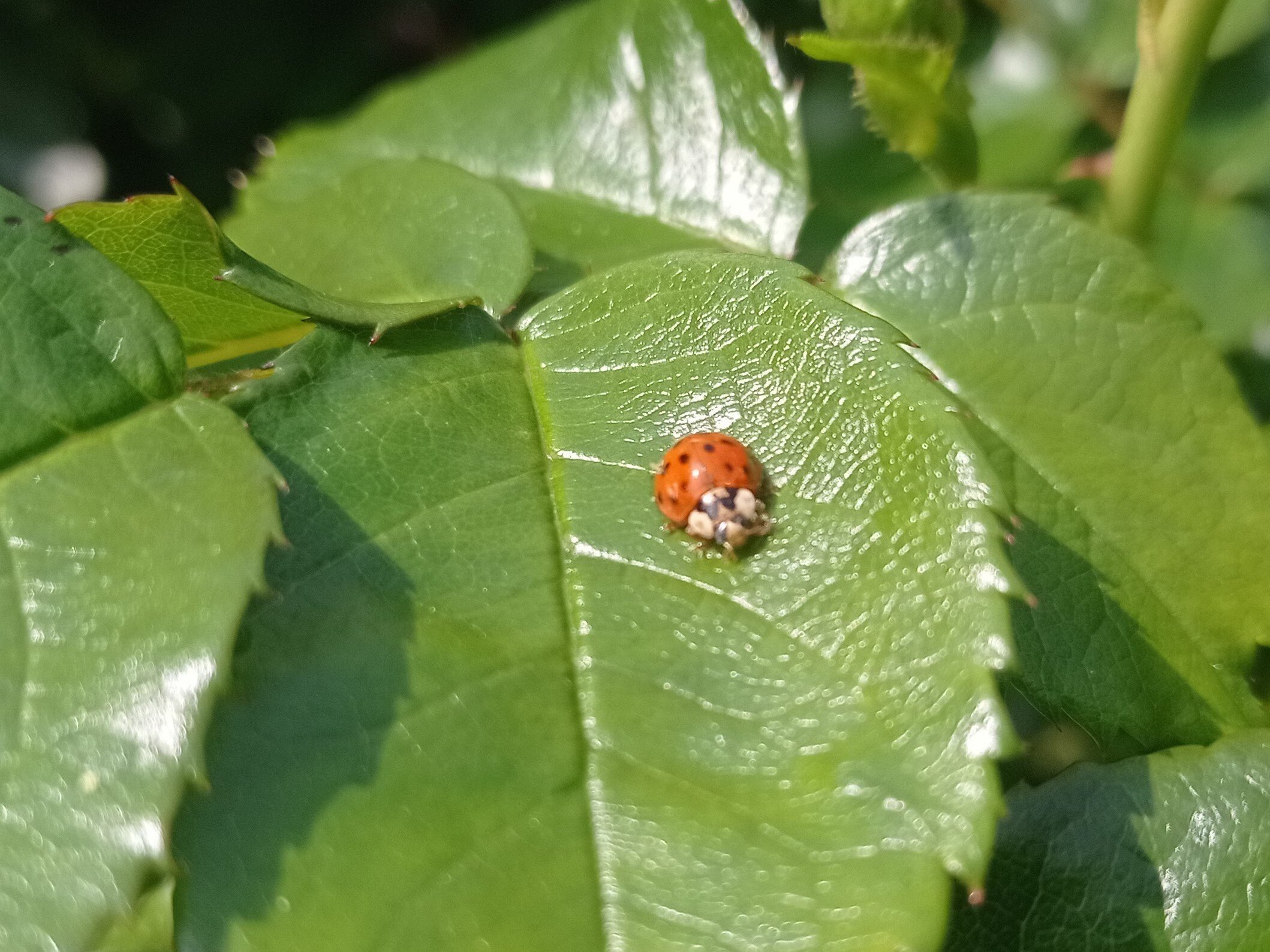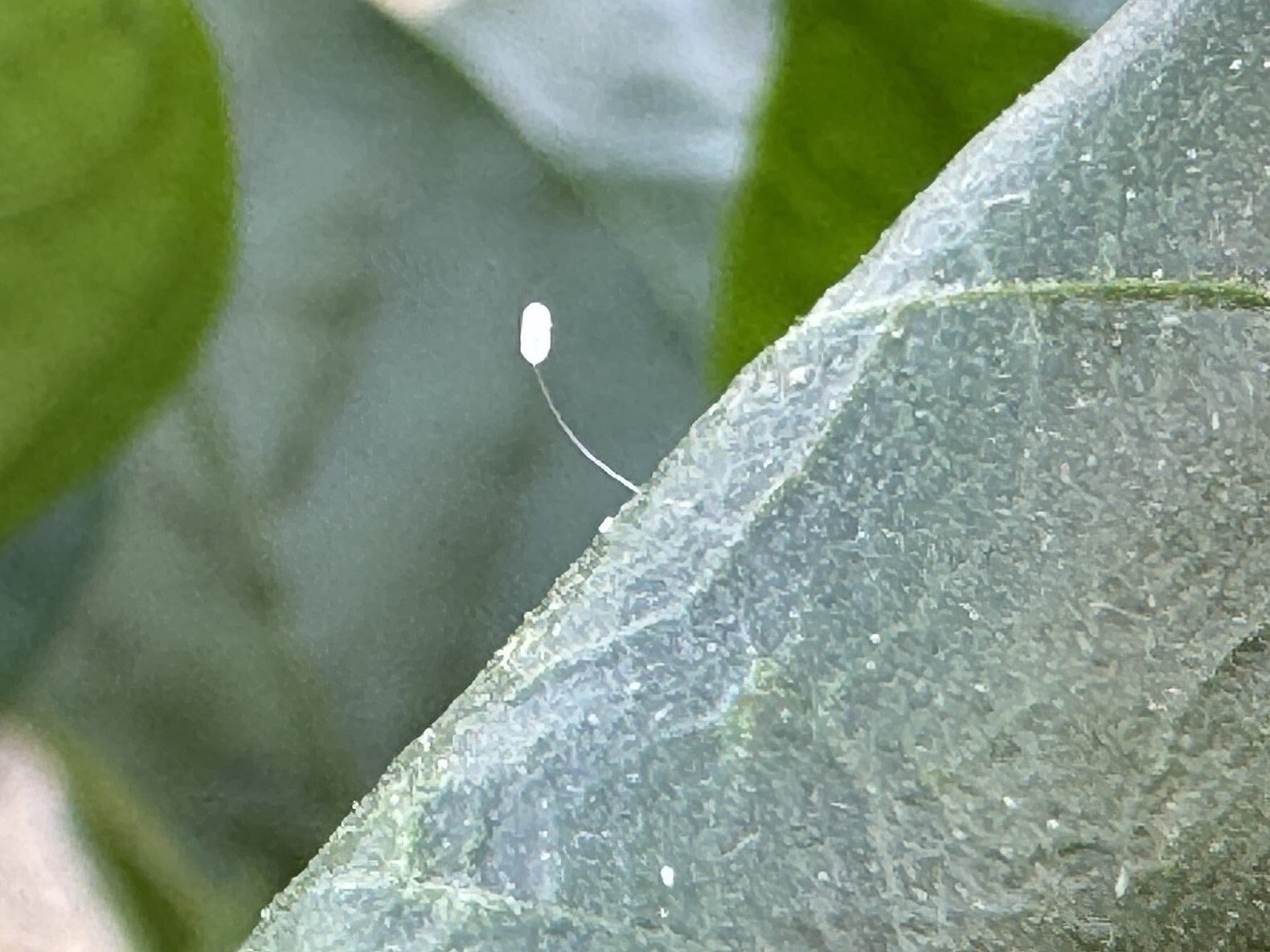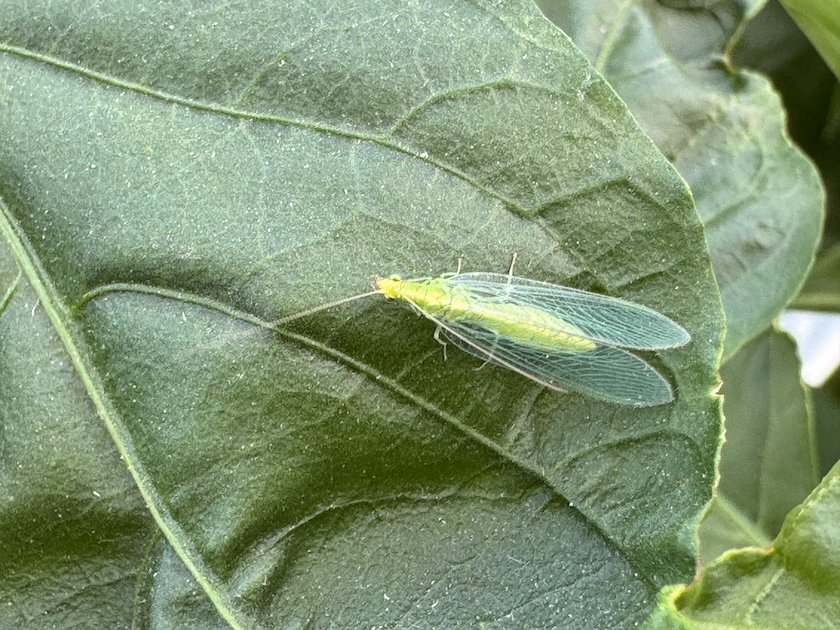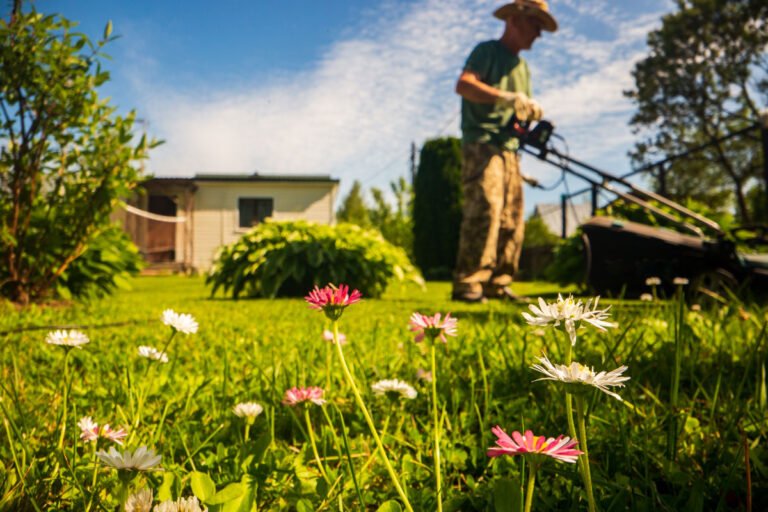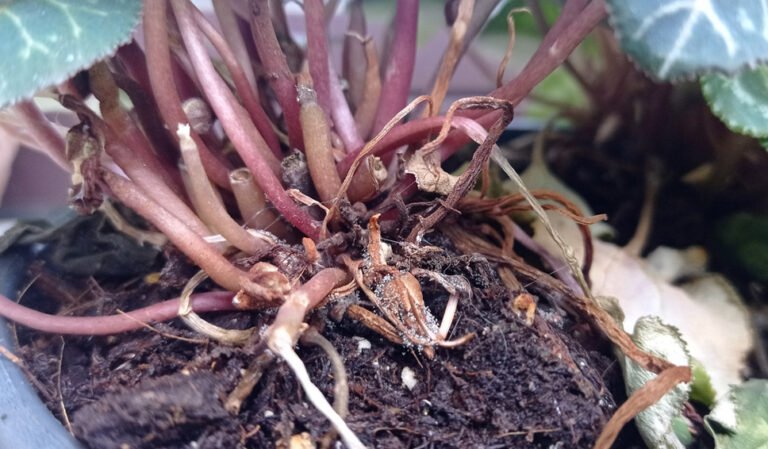How important and useful it is to apply biological control on ornamental plants?
Historically, biological pest control was born with applications on fruit and vegetable, where the main objective was to ensure food safety, since these were edible products.
Today, there is a growing interest and curiosity in teh field of biological control control also in ornamental plants: herbaceous, shrub and woody plants in our homes, private gardens, urban green, historical parks, sports fields and the infinite number of realities that surround us that are not strictly related to the food chain. We have become increasingly aware of the environmental impact of our every action and of the consequences that public and private green cultivation and management techniques have on the environment in which we live.
The reasons can therefore be:
- the protection of the environment
- the health of farmers, nurserymen, (family members or employees),
- the protection of the health of the population that benefits from public, urban and sports green areas, etc.
From nature, ready-made solutions
As is often the case, everything starts from observing nature: the same biological solutions found in ecosystems can now be reproduced and applied in a targeted way, both professionally and privately.
These biological solutions are now increasingly available and accessible.
Beauty and biology can coexist
A common misconception is that organic cultivation cannot achieve high aesthetic standards, and that some imperfections must be accepted in exchange for greater safety.
However, this cliché is now outdated: often the damage caused by certain chemical treatments (a phenomenon known as phytotoxicity, i.e. the harmful effect of phytochemicals on the plant) reduces its aesthetic value. This problem cannot occur adopting the organic method. Moreover, the recent increasing availability and experience of new applications have resulted in plants of excellent quality also from an aesthetic point of view , as required by the ornamental plant world.
Resistance to pesticides
Another relevant issue concerns resistance to pesticides. But what does this mean?
Resistance is the ability of organisms harmful to crops (fungi, insects or mites) to survive treatments that have been effective (=lethal, deadly) for previous generations. What happens, in practice, is that if we repeat the same treatment twice with the same active ingredient, a population of pathogens will survive, that means that on some individuals the treatment will have no effect and it will then be necessary to change the active ingredient.
By using biological control, this problem will no longer occur.
What is biological control?
Biological control consists of using populations of beneficial organisms (insects, mites, fungi, micro-organisms) to control organisms harmful to crops.
In practical application it is, therefore, an imitation, a repetition of what already occurs in nature, aimed at our crops and, consequently, applied in a targeted manner and at ‘concentrated’ dosages.
For example, if aphids, mites or other pathogens appear in a garden, nursery or greenhouse, it is possible to treat with specific beneficial organisms, produced and distributed by specialised companies, which indicate optimal doses and application methods.
Organic method: an increasingly widespread need
The gradual decrease in the number of authorised products on the market, both in the professional and hobby sectors, is pushing towards an increasingly widespread adoption of organic methods, which now represent a true, sustainable and effective alternative.
The main modes of action: predation and parasitism
The main best-known forms of biological defence are:
- Predation: the beneficial organism feeds directly on the harmful one.
Example: the ladybird is a predators of aphids and scale insects; the predatory mite that feeds on thrips or other harmful insects and mites. - Parasitism: the useful organism develops at the expense of the harmful one.
It can, for example, lay eggs inside the harmful organism or induce infections that cause its death.
Some examples of beneficial insects in natural environment
In the following pictures we can observe some examples of useful insects in nature:
fig. 1. Ladybird larva. Fig. 2. and 3. Ladybird adult. Fig. 4 Egg of Chrysopa,(Chrysoperla carnea) aphid predator insect. Fig. 5 Chrysopa adult.
